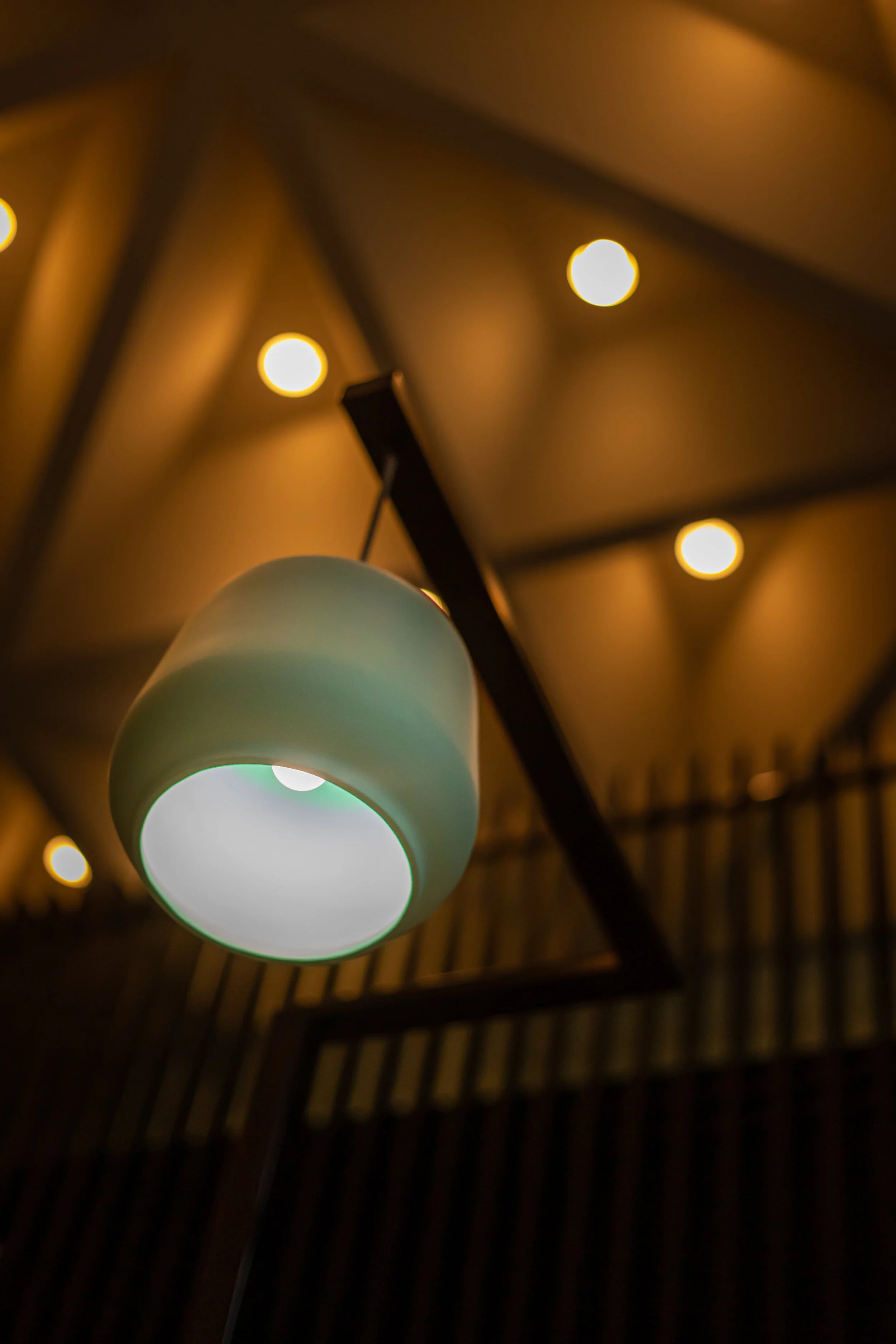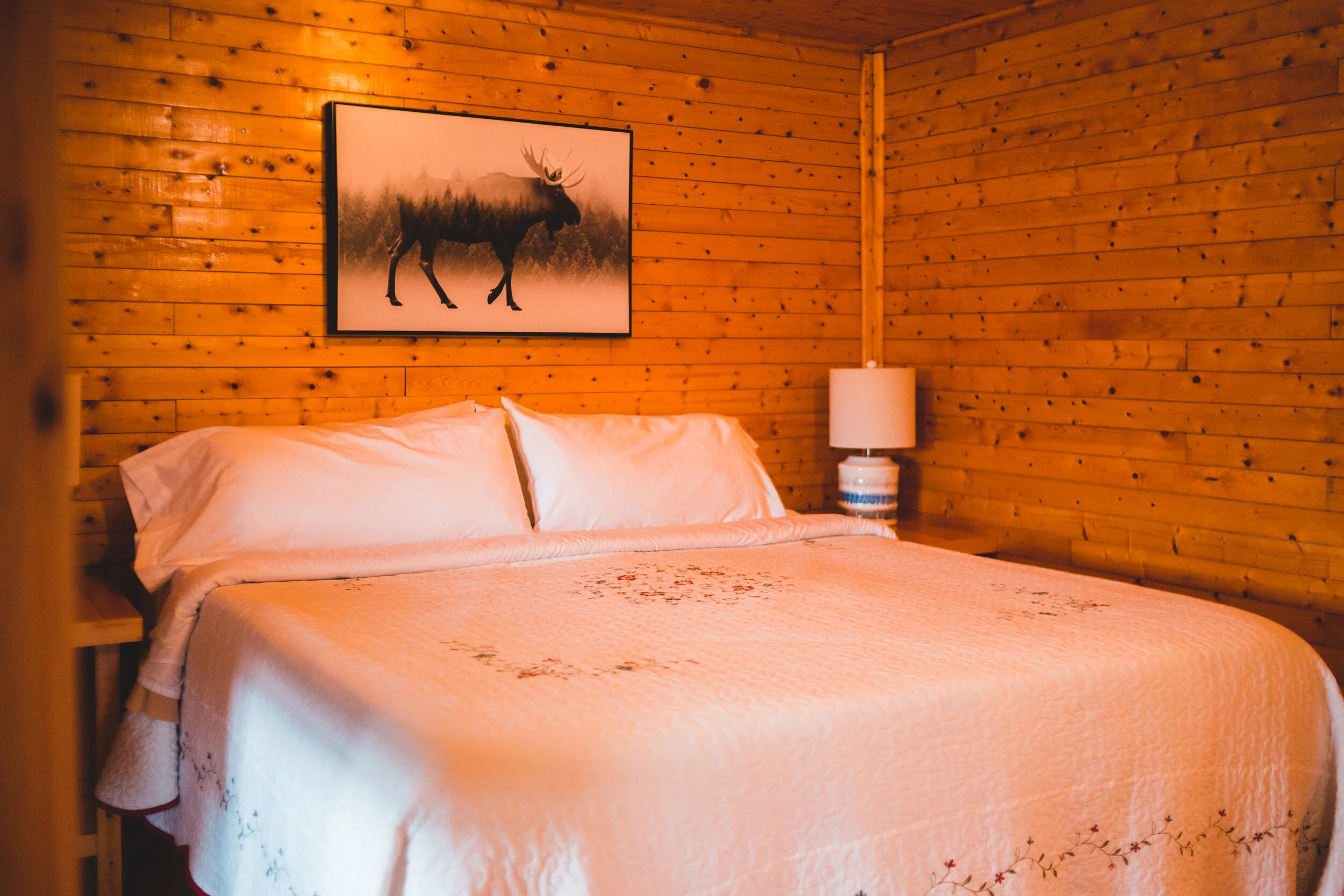5 tips for a Great Glamping Pod Design
The world of glamping has taken off in recent years, there are almost endless types of glamping pod designs this day and age. There are design styles that range from treehouses to caves; the possibilities are limited by your own imagination. While your glamping pod design idea may seem great, that doesn’t mean it will be. There are some fundamentals you must bare in mind for great glamping pod design, here are 5 tips to follow to ensure this happens.
Tip 1: Preparation (plan, plan, plan)
While it may be obvious that a plan is needed, it cannot be stressed enough that your initial plan can make or break your glamping pod design.
You must think about the structure, the foundations, the very basics of your design. All must be well thought out. You can dream big for your glamping pod design but if your plan is not thorough enough it can have huge implications for your finished design.
There are many technical aspects you must plan in order to have a great design. Such as how your water will run and how your waste will be disposed of, an extremely important part of the design but often overlooked. If you do not appropriately plan for this aspect of your design you may find that the way you want your pod could not possibly work with the water and wastage mains that will be connected. In short, ensure you plan to avoid bumps in the road.
Tip 2: Materials
You may come across designers that can offer you cheaper builds using cheaper materials. Be careful! This will not help you glamping pod design, your pod will ultimately suffer from the cheaper materials. Resulting in more frequent issues with your pod and costing you more money to fix these issues.
A great glamping pod design will have high quality materials irrespective of price. Timber is the most common material used for great glamping pod designs. There are many other types of materials to use for pods, different woods can be used in a variety of ways. You can use oak to create a ‘hobbit house’ themed pod. Or you can use more rigid materials such as stone, you can also use these for themed designs such as a pod in the style of a castle. The material can alter depending on your preference and can result in almost limitless possibilities of its use.
Tip 3: Lighting
For those staying in your glamping pod, the luxury of their stay can be found in the small things that they would be expected to provide themselves if they were camping. This is why the best glamping pod designs have lighting installed within their pods. Removing the hassle of having users to walk around in the dark is a massive selling point for designers and customers alike. You are not limited to how your lighting looks either, low hanging lanterns to create a cosy feel or simple lamplights are a few ways you can use lighting to make your pod design stand out.
Tip 4: Bedding
As previously mentioned, the small luxuries of glamping has been what has made it so popular. Therefore, it should be an important part of your glamping pod design. Having a bed within your design is a simple but effective way to make your pod stand out. While having beds installed may limit the amount of guests that can stay in your glamping pod, having spaces designed for extra beds to be installed raises the bar from a good design to a great design.
Tip 5: Added extras
Finally, while the design may be almost complete, you can take it above and beyond by having the ability to add luxury extras within your design. Having your glamping pod designed with features such as underfloor heating or even decking space for a hot tub to be installed will set your designs apart from the crowd as the best on the market. Now that glamping is becoming more popular, hot tub installations have become one of the most sought after extra for glamping pod designs. Giving your design the capacity to include these extra features is certainly worth the investment.
In short, when designing your glamping pod keep these 5 tips as the fundamentals of any of your designs and you can ensure yourself a successful glamping pod design.


